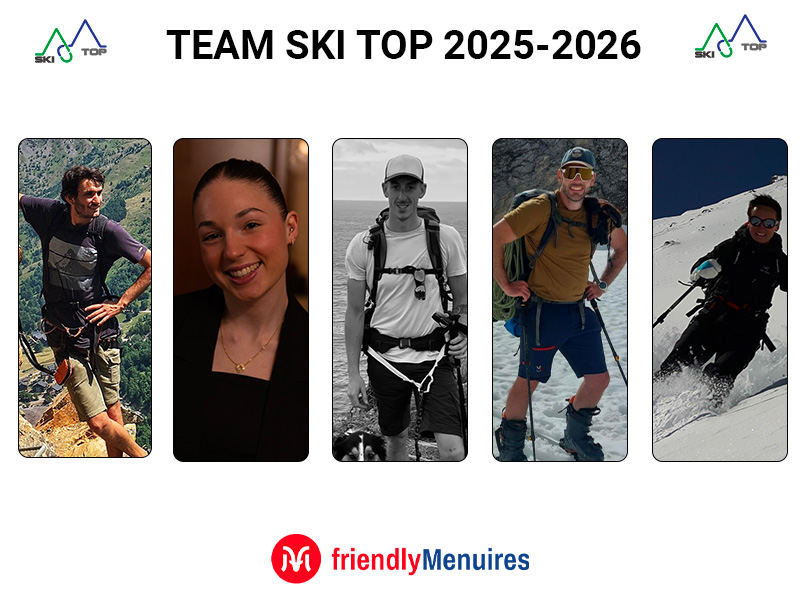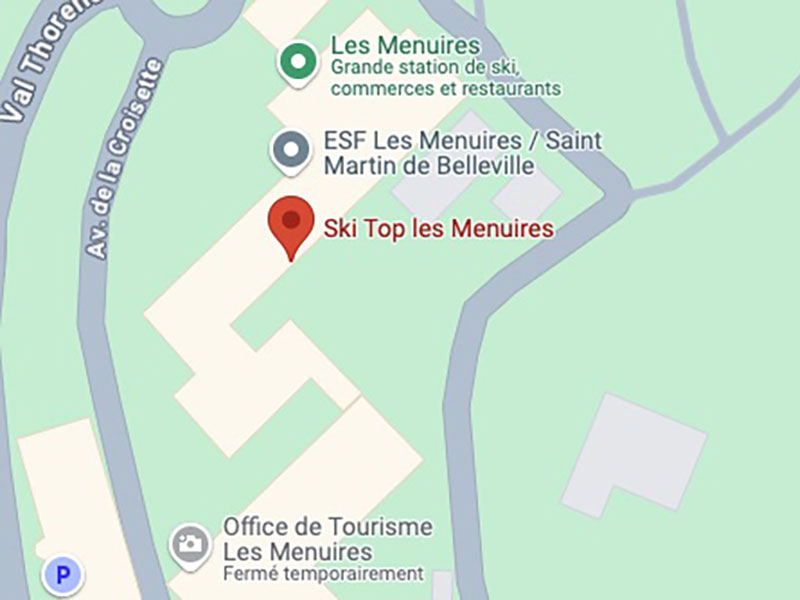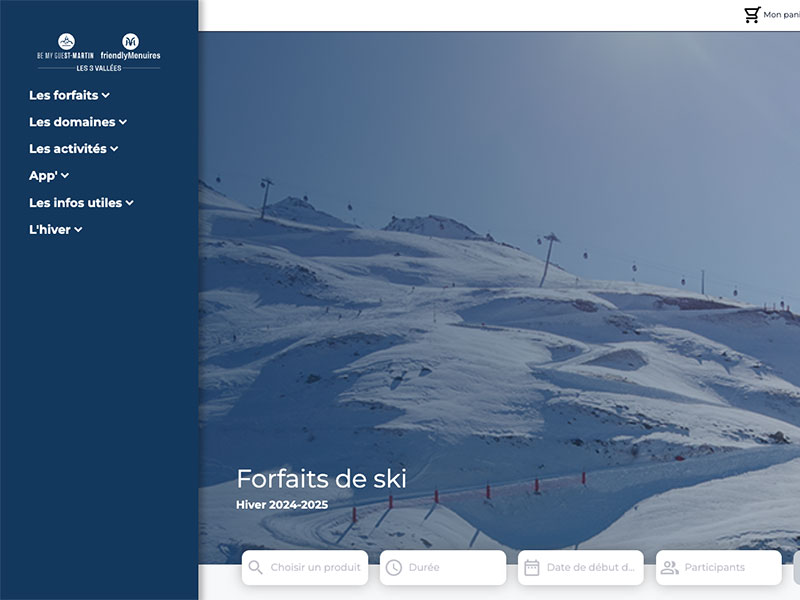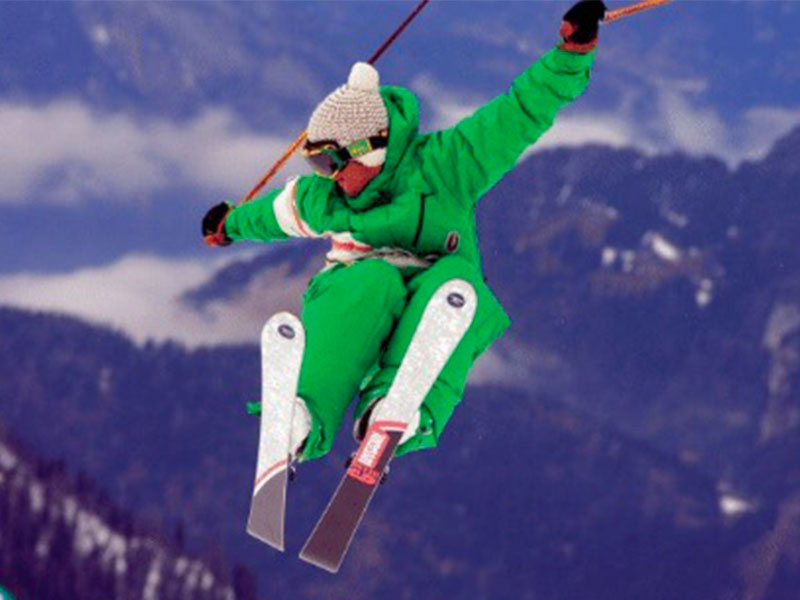RENTAL DVA PACK
Off-piste safety = "Shovel + Probe + DVA"
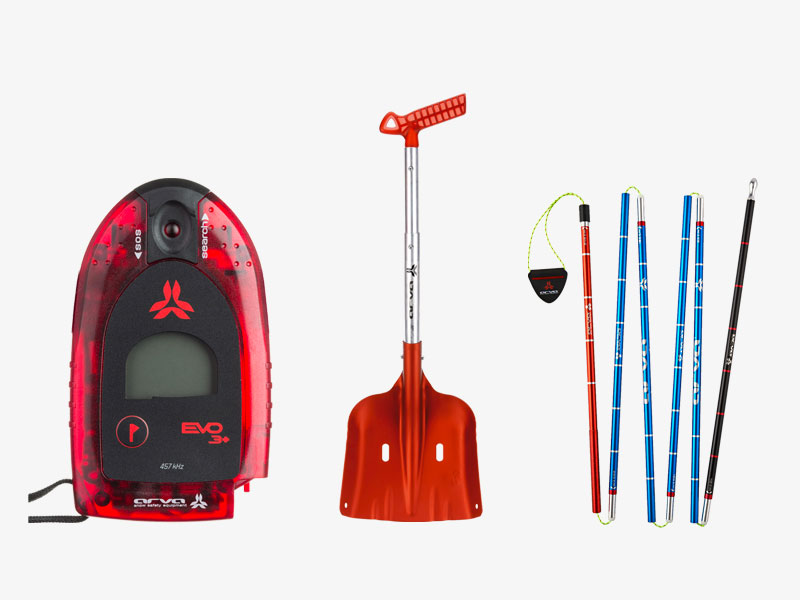
We are talking about DVA, but we should rather speak of "Excavator + Probe + DVA" which form an inseparable trio.
Indeed, if you only have the transceiver, you can globally locate the person to be rescued under the avalanche, but that's not enough, you'll also have to get them out of the snow!!! For this, the second element "the probe" will allow you to refine your search precisely in order to save time for the last step (and not the fastest), digging with the last element "the shovel" in the snow sometimes made very compact by casting!!!
Note that despite advances in search technologies for avalanche victims, good training is essential to be able to use the device correctly when the time comes.
The device is very light and is placed as close to the body as possible (between the T-shirt and the sweater for example). No need to install it the night before to make sure you don't forget it: the simple act of installing it triggers the signal and uses the batteries.
Here is a brief overview of the methodology:
First step, with the DVA, you start in any case from the top of the avalanche, skis on your feet, crossing it from side to side, this is the primary search:
The range of transceivers is highly variable depending on the conditions, the state of the batteries and the depth of the victim's burial, so take care not to leave more than 20 to 30m between each crossing of the avalanche to be able to pick up any signal from another transceiver.
Once the first signal is obtained, we move on to the secondary search:
Let yourself be guided by the arrow inscribed on the screen, and move forward slowly, taking care not to exceed the distance indicated on the display (in meters).
As soon as the display shows the minimum value, the last step: the final search.
We remove the skis, we locate the place where the sound signal is the strongest (the lowest value in meters) and we materialize it on the snow by a small cross.
The device is placed low to the ground (5cm) flat facing uphill, then move left and right to identify the strongest signal (you only rely on the sound signal from now). Materialize the place obtained on the snow and proceed in the same way by moving your transceiver forward and backward a few meters. Locate the strongest signal and repeat the operation several times. You are now above the victim! The distance indicator can give you an idea of ??the depth of the victim.
At this stage, you stow the transceiver and take out the probe!
Plant the probe in the snow at the designated point down to the ground, to the victim or in its entirety depending on the depth of snow. If you touch the victim, the probe should bounce slightly. If this is not the case, plant your probe again at 30cm and try to draw a large snail on the snow to be sure not to miss the victim.
Last step, dig!!!!
Once the victim is located, place the probe and dig with the shovel. If you don't have a shovel, a ski boot shell may be suitable, but you will waste precious time...
These few lines of presentation are not intended to replace training in real conditions on the ground, accompanied by a qualified professional (mountain guide, ski instructor, ski patroller, etc.)
Last recommendation before leaving, we check the equipment:
- Standby for example for the batteries and the proper functioning of the shovel and the probe (do not use rechargeable batteries)
- On D-Day before the first descent, a person stands 50 meters below the group with his DVA in reception and checks, each in turn, that all the participants are indeed transmitting the distress signal.
For your off-piste decision, do not hesitate to consult the Météo France Avalanche Risk Assessment Bulletin: www.meteofrance.com or 0892 68 10 20.
Consult the specialists, for example at the aid station (the trackers are often delighted to be asked for their recommendations).
Don't follow another group thinking that "de facto" if other people have been there, the route must be safe...
Our store is equipped with "Excavator + Probe + DVA" pack for hire: the DVAs are Arva brand (EVO 3+). You can rent as a pack or each element separately:
- On the Internet in the "Accessories" section, accessible in the third step of your reservation.
- Directly in store on request.
Do not hesitate to contact us for more information.
